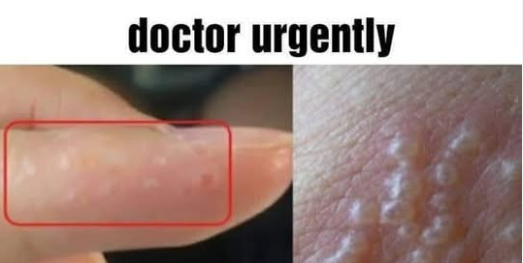As the spring season arrives, many people suffer from dyshidrotic eczema, a skin condition characterized by small, itchy blisters. While this condition is not curable, it can be managed and kept under control. Eczema, a group of diseases that cause skin inflammation, affects an estimated 35 million people in the United States alone.
Dyshidrotic eczema, also known as pompholyx, is a chronic skin condition that causes itching and appears symmetrically on the palms, fingers, and soles. The condition is marked by small, deep-seated vesicles that eventually resolve with scaling after a few weeks. Common symptoms include deep-set blisters, itching, redness, flaking, scaly skin, and pain.
People with contact dermatitis, atopic eczema, or hay fever are at a higher risk of developing dyshidrotic eczema. Unfortunately, the condition has a tendency to get infected, delaying the healing process. While there is no surefire way to prevent flare-ups, an effective skincare routine can bolster the skin’s resistance to inflammation.
Conventional treatments for dyshidrotic eczema include corticosteroid creams, ointments, injections, or pills. Other treatments involve UV light treatments, draining large blisters, antihistamines, anti-itch creams, and immune-suppressing ointments. However, there are also natural ways to treat and soothe the condition.
Maintaining clean and moisturized skin is essential for managing eczema. Natural treatments like cold compresses, aloe vera, and oatmeal can help reduce symptoms. Cold compresses can reduce inflammation, while aloe vera can soothe irritated skin and accelerate the healing process. Oatmeal, with its anti-inflammatory properties, can also alleviate skin conditions.
By understanding the causes, symptoms, and natural treatments for dyshidrotic eczema, individuals can better manage this skin condition and find relief from its symptoms.


